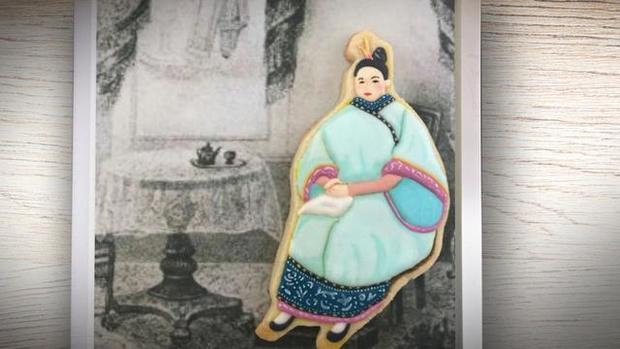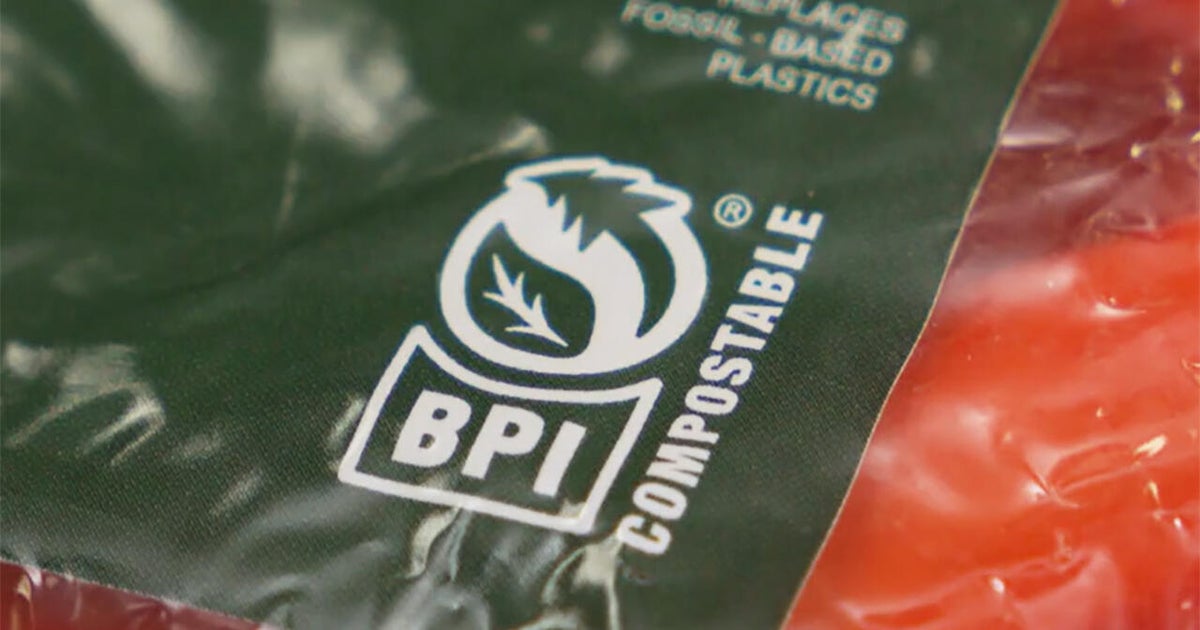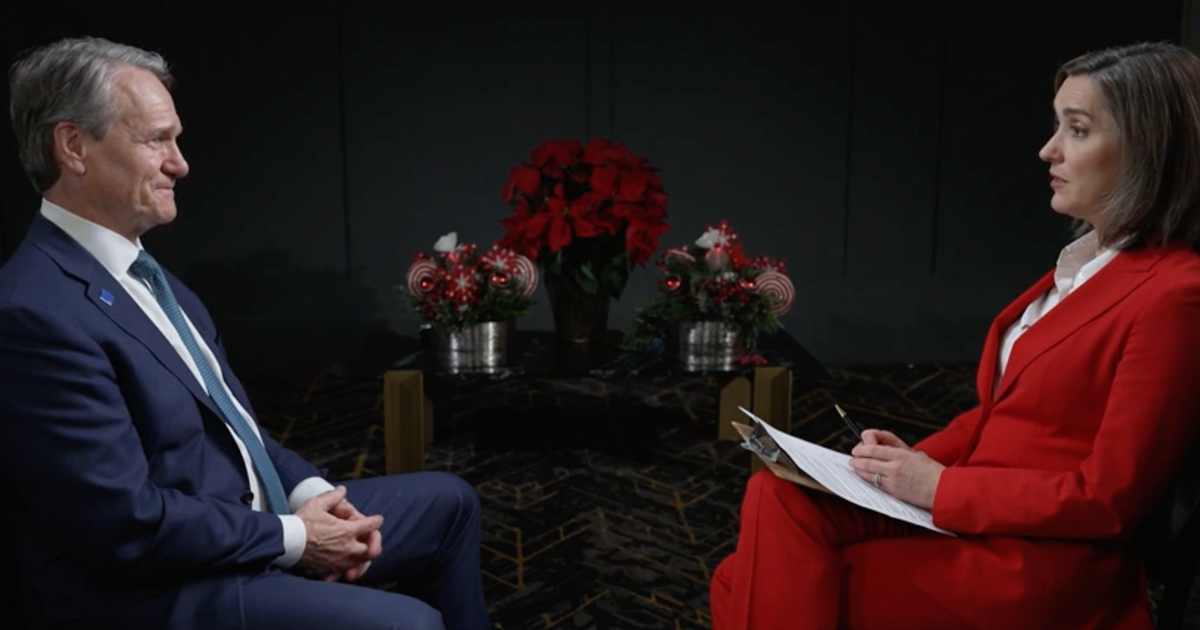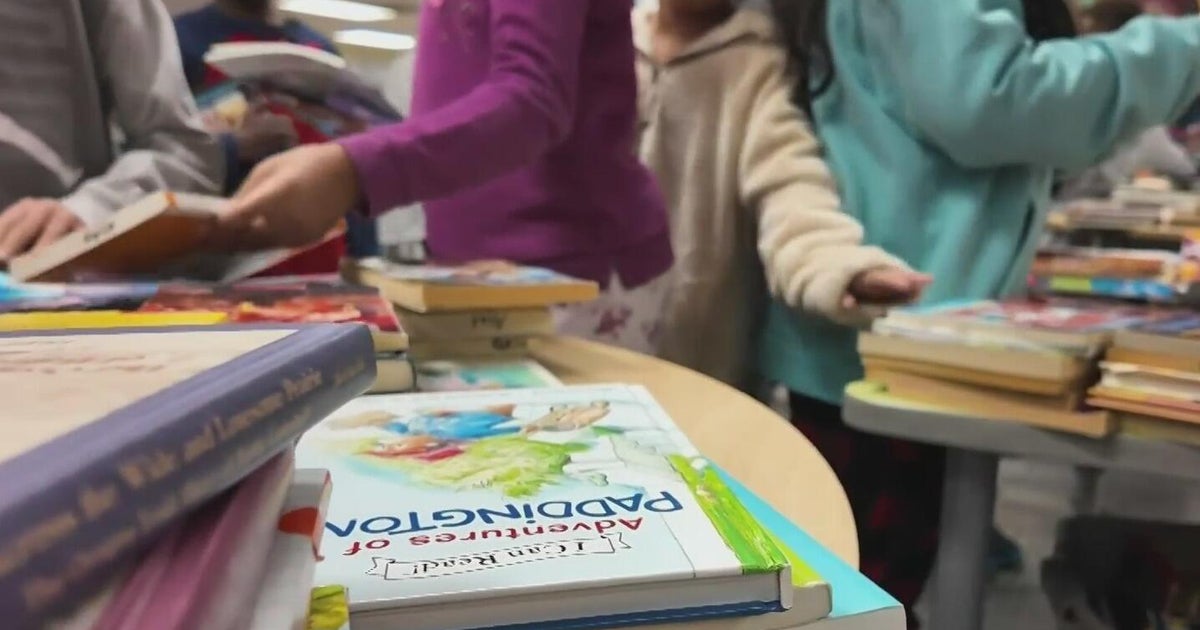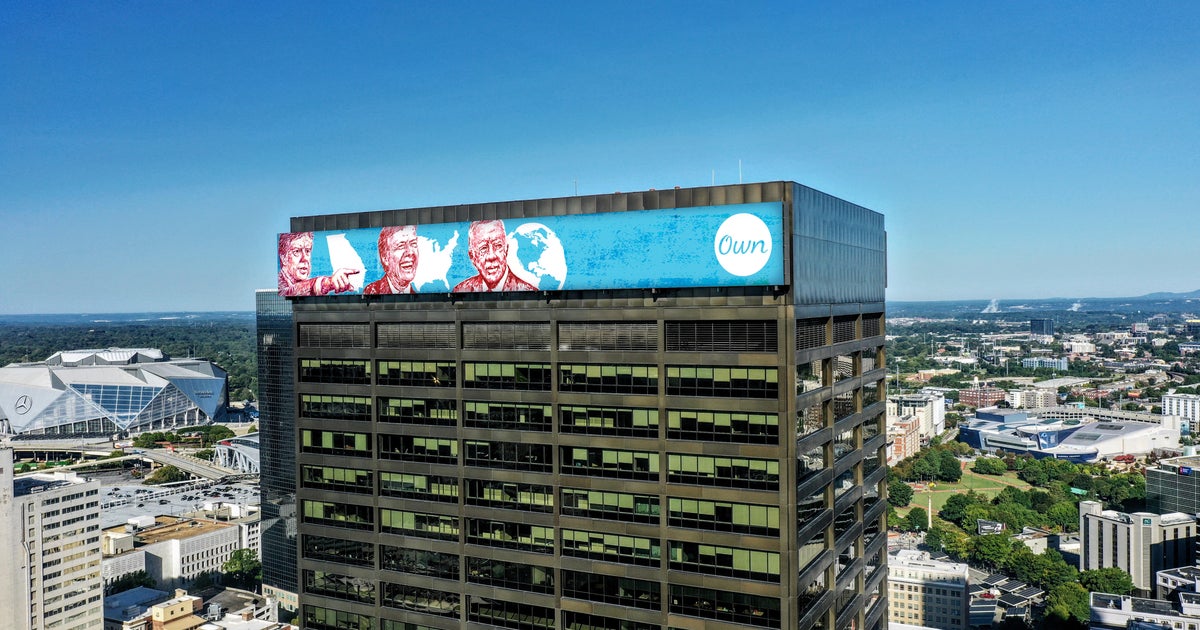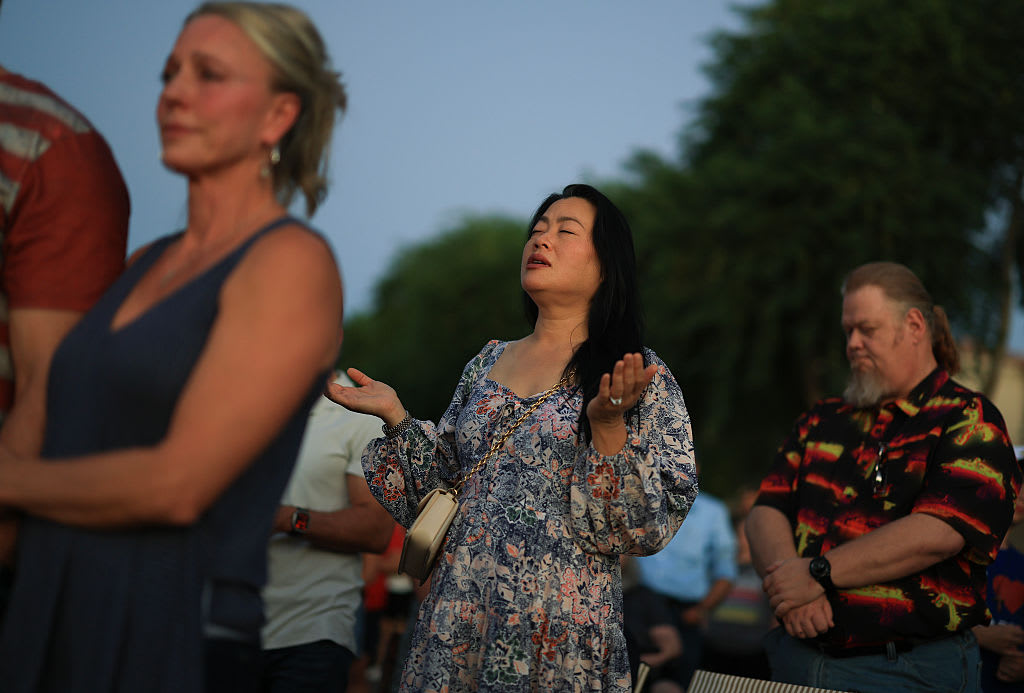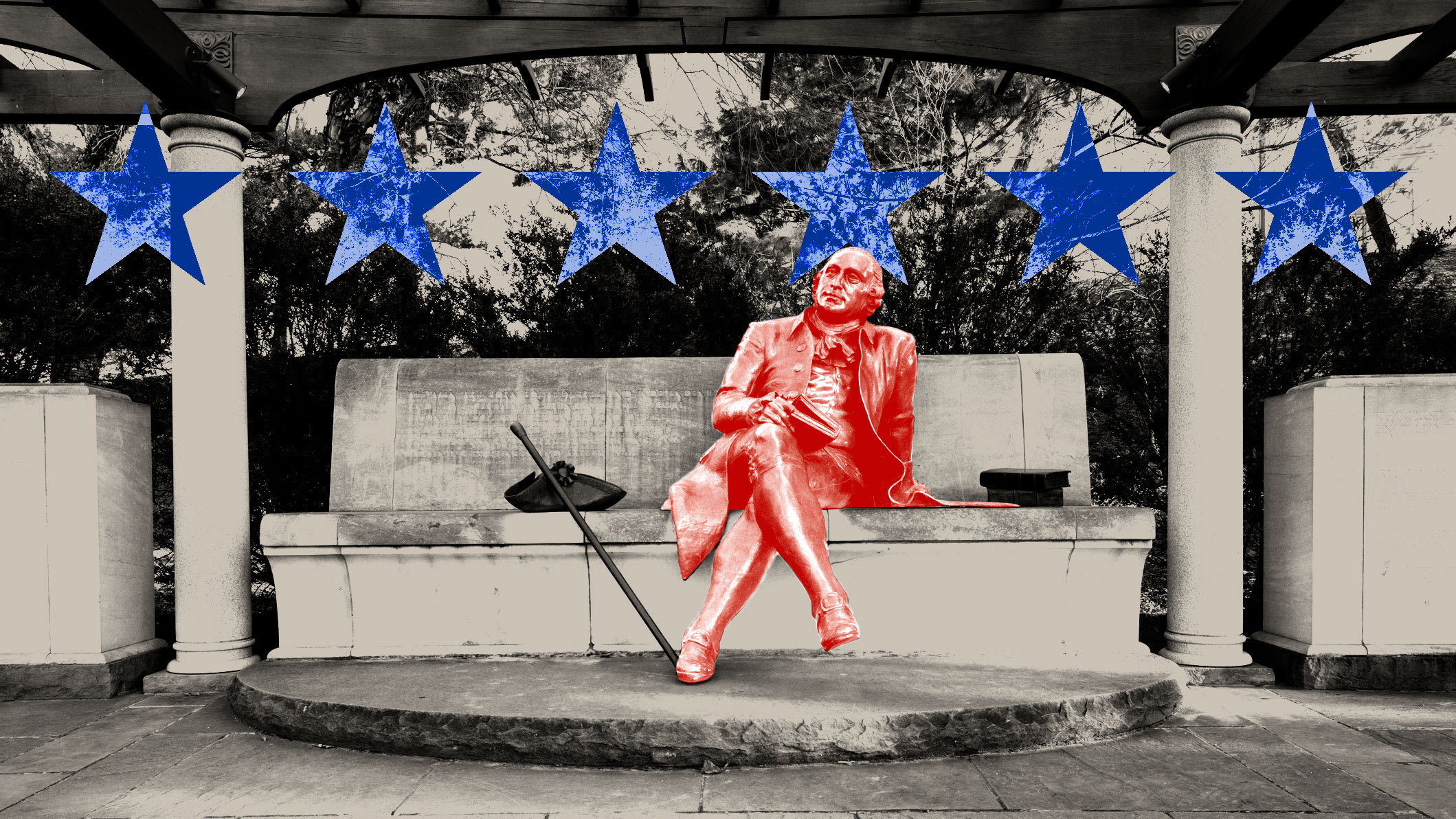Cookie art highlights Asian-American icons who helped shape America
Our series, A More Perfect Union, aims to show that what unites us as Americans is far greater than what divides us. In this installment, we introduce you to a woman who is working to tell stories of Asian- American icons who are often left out of history books.
College student Jasmine Cho is an avid baker, but her confections aren't necessarily for consumption.
"They're not really intended to be eaten. They're intended to be digested internally – intellectually, yeah," Cho said with a laugh.
The cookies represent trailblazers she's trying to rescue from the back-burners of history: Asian-American icons, who helped shape our country, yet remain largely unknown. She showed us the cookie of Afong Moy, the first Chinese woman to immigrate to America.
"She was basically brought over to be showcased to the world, almost like a circus freak show," Cho described.
"Sammy Lee was the first Asian American to win a gold medal for the U.S. in Olympic diving," she said of another. "He had to practice his diving into a sand pit because he was barred from entering the public pools in his neighborhood."
Cho bakes modern icons too, including actors Awkwafina, Keanu Reeves, and "Star Trek's" George Takei.
Her sugar cookies are being exhibited at Pittsburgh's St. Edmunds Academy, where Marian Lien directs education on inclusion and global awareness. Lien called Cho's cookies "brilliant."
"So creative. So colorful. So everything that I want the world to think and see of us," Lien said.
The cookies captivate students, she said.
"They sit still for a moment to think, 'Well, but it's a cookie. It's about something that's so serious. And then, you know, that struggle then starts to make just a little more indentation in the brain," Liens aid.
Growing up in Los Angeles as the daughter of Korean immigrants, Cho was bullied over race.
"Everyone was always throwing so many racial slurs at me…everything that you can think of like, 'Go back to your country,'" Cho recounted.
That sense of exclusion deepened in school given the lack of Asian American stories in textbooks. But then a college elective filled the blanks.
"I remember even as a kid I thought… why are we only always like 2 percent to 5 percent of America's population? And then I learned about all these exclusion laws that barred every demographic of Asian people from coming into the country based on race, and I'm like, 'Oh, that's why,'" Cho said.
On Cho's campus at Carlow University, we tested students' knowledge. Most had trouble identifying the portraits.
Her university even invited her to create a mural, and the significance is not lost on her.
"I haven't been able to really look at this because it – it means a lot, you know," Cho said, choking up with emotion. "These are the stories and everything that I really yearned for throughout my life and then to have the honor of being in the position to actually create it, to create something that's so everlasting – I'm just very honored."
Cho is studying art therapy, hoping one day to establish bake therapy. She said baking for her is almost meditative. She's also furthering her mission with the written word. She wrote a children's book titled, "Role Models Who Look Like Me: Asian Americans & Pacific Islanders Who Made History."
